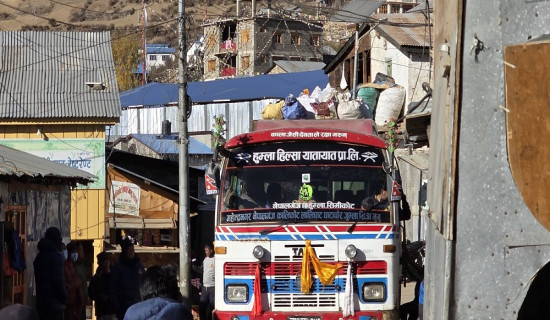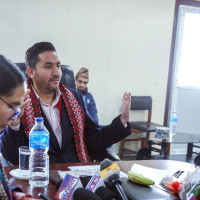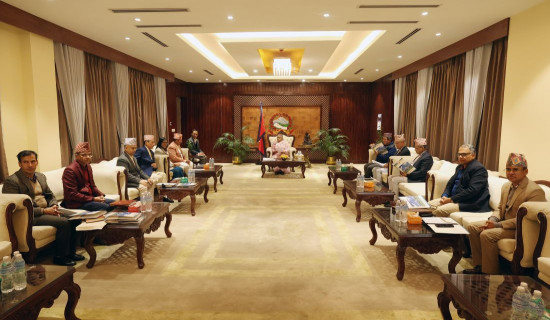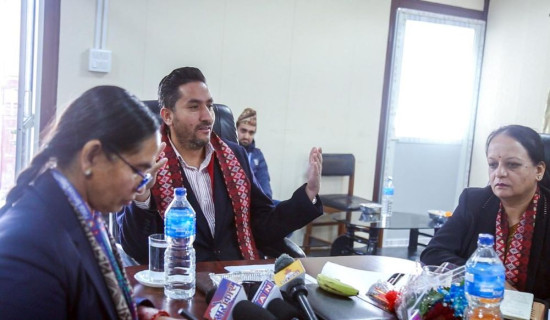- Friday, 9 January 2026
About 59% paddy plantation completed so far across country
Kathmandu, July 14: About 59 percent of this season’s paddy plantation has been completed across the country, according to the Ministry of Agriculture and Livestock Development.
As of July 13, rice has been planted on around 816,405 hectares of land. This is about 8 percent less than the same period last year.
Among the provinces, Sudurpaschim is leading with 93 percent of its target already completed, covering around 164,000 hectares of land while in Karnali Province, paddy plantation so far spreads on 64,000 hectares, reaching 83 percent of the target. In Lumbini, it is 73 percent, with 223,000 hectares of land planted with paddy.
Last year, by this time, the country had reported about 67 percent paddy plantation.
Paddy plantation is still ongoing in many areas and is expected to reach around 98 percent by mid-August.
Ministry spokesperson Mahananda Joshi said the Terai region is the most fertile and produces about 70 percent of the country’s total rice, while the hilly regions contribute the remaining 30 percent.
During the previous fiscal year 2080/81 (2023/24), the country had witnessed the total rice production of 5.724 million metric tonnes. Unfavorable weather conditions, natural disasters, excessive rainfall, and droughts create adversities for rice plantation, deferring the plantation schedule in some areas.
In Nepal, paddy is usually grown on about 1.4 million hectares of land. With the use of improved knowledge, skills, modern technologies, and better seed varieties, rice production is expected to increase in the coming years.
According to the Ministry of Agriculture and Livestock Development, a 10 percent change in rice production can lead to about 1 percent change in the country’s Gross Domestic Product (GDP).
This year, an estimated 6 million metric tonnes of rice will be produced, yielding approximately 3.5 million metric tons of edible rice, it has been said. (RSS)

.jpg)

-original-thumb.jpg)










